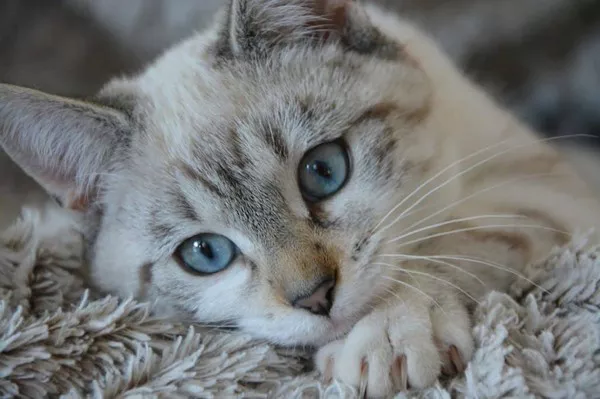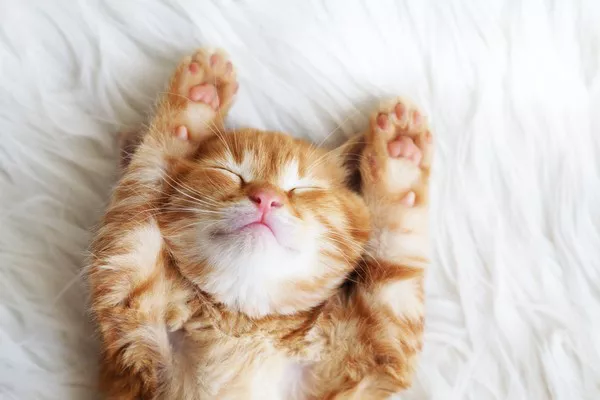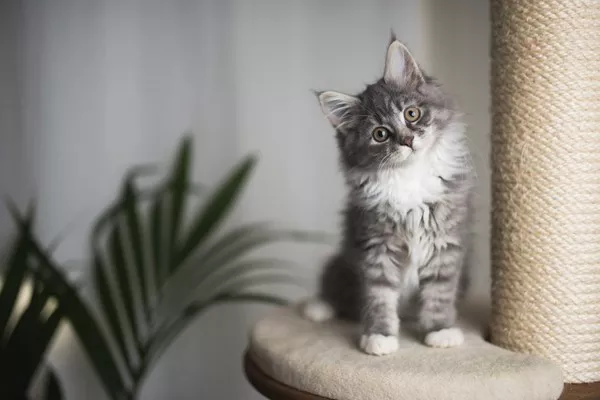Calico cats, with their distinctive tri-colored fur patterns, have long captured the hearts of cat enthusiasts worldwide. However, alongside their unique appearance, these feline companions are sometimes associated with a reputation for aggression. In this article, we delve into the fascinating world of Calico cats to explore the factors that might contribute to their occasionally aggressive behavior.
Understanding the Calico Cat
Before delving into the reasons behind the aggression seen in some Calico cats, it’s essential to understand the breed. Calico is not a specific breed but rather a coat color pattern found in various cat breeds, including the American Shorthair, Persian, and Japanese Bobtail. The classic Calico coat comprises a mixture of white, black, and orange fur, creating a visually striking appearance.
Genetic Factors and Personality Traits
The complex interplay of genetics contributes significantly to a Calico cat’s personality. While the coat pattern is genetically determined, certain personality traits may be inherited as well. Some Calico cats may inherit a combination of feisty characteristics, making them more prone to assertiveness and, in some cases, aggression.
Territorial Instincts
Calico cats, like many other feline companions, possess strong territorial instincts. These instincts can lead to aggressive behavior, especially when a Calico cat feels that its territory is being invaded. This territoriality is more pronounced in certain individuals, and it can manifest in defensive aggression to protect their perceived space.
Socialization Challenges
Proper socialization during a cat’s early life plays a crucial role in shaping its behavior. Calico cats that do not receive adequate socialization during their kittenhood may be more prone to aggression. Socialization involves exposing kittens to various stimuli, experiences, and people, helping them develop into well-adjusted and sociable adult cats.
Hormonal Influences
The hormonal fluctuations experienced by female Calico cats during their reproductive cycles may contribute to aggressive behavior. Female cats, in general, can become more territorial and assertive when in heat. Calico cats, being predominantly female due to the genetic factors that determine their coat color, may exhibit heightened aggression during these periods.
See Also: The Ultimate Guide to Caring For Calico Cats
Health Issues and Discomfort
Aggressive behavior in Calico cats can sometimes be a sign of underlying health issues or discomfort. Cats may become irritable and defensive when they are in pain or feeling unwell. Regular veterinary check-ups are crucial to rule out any potential health concerns that may contribute to a Calico cat’s aggression.
Environmental Stressors
Calico cats, like all feline companions, are sensitive to changes in their environment. Environmental stressors, such as a new pet, a change in living arrangements, or loud noises, can trigger aggressive behavior. Calico cats may struggle to adapt to changes, leading to defensive or territorial aggression.
Play Aggression in Calico Kittens
Kittens, irrespective of their coat color, often engage in play aggression as a part of their natural development. Calico kittens may display more intense play aggression due to their energetic and spirited nature. It’s important for owners to understand the distinction between playful behavior and true aggression and provide appropriate outlets for their kitten‘s energy.
Training and Behavioral Modification
Addressing aggression in Calico cats requires a combination of training and behavioral modification. Positive reinforcement techniques can be employed to encourage desirable behavior and discourage aggression. Professional guidance from a veterinarian or animal behaviorist can be instrumental in implementing effective strategies tailored to the individual cat’s needs.
Neutering/Spaying Impact on Aggression
Neutering or spaying Calico cats can have a positive impact on their aggression levels. The procedure can reduce hormonal influences and minimize territorial behaviors associated with mating instincts. Responsible pet ownership includes considering the option of spaying or neutering to promote a calmer and more amicable temperament in Calico cats.
Conclusion
In conclusion, while Calico cats are beloved for their captivating appearance, it’s essential for owners to recognize that individual personalities can vary widely within this coat color pattern. Aggression in Calico cats can be influenced by genetic factors, hormonal fluctuations, socialization experiences, and environmental stressors. By understanding these factors and addressing them through appropriate training and care, owners can foster a harmonious relationship with their feisty yet charming Calico companions.
Related Topics:
What Do Calico Cats Like To Eat? The Surprising Answer
Are Calico Cats Rare? Here’s What Science Says
Why Do Calico Cats Meow So Much? [3 Top Reasons]























